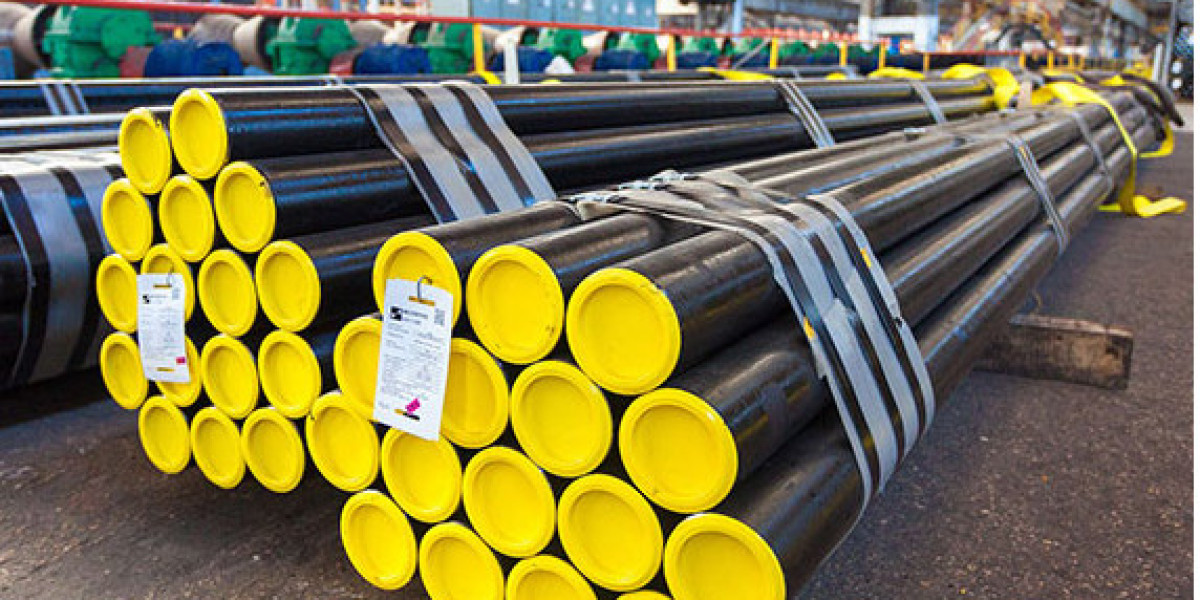Stainless steel seamless pipes have been in use for many years. Previously, people and businesses chose welded pipes over seamless ones. They are now switching to seamless piping solutions for safety reasons. Seamless tubes are more durable and reliable than welded or forged pipes. As the name suggests, the pipes and tubes are seamless, which means they do not have any welded edges that can cause leakage.
Seamless line pipes are especially suitable for high-pressure uses, such as boiler systems, exhaust mechanisms, heat exchangers, etc. Their seamlessness makes these pipes withstand high pressure that other types of pipes cannot sustain.
Let us walk you through some of the reasons for businesses to choose seamless tubes. However, before that, let us discuss what seamless pipes are.
Seamless pipes and tubes:
Seamless or ASTM standard pipes are steel or carbon pipes with no seams or edges. Manufacturers use stainless steel billets to produce these pipes. The billets are solid when pipe producers bring them in. Pipe fabricators use two processes to produce these pipes. The methods are hot rolling and cold drawing.
Cold-drawn tubes and hot-rolled pipes are more robust than welded pipes. The absence of seams throughout the length of the pipes makes them withstand more pressure. Besides, the two processes are also responsible for enhancing the quality of the pipes.
These pipes do not have any weak points like other pipes. As a result, users can use these pipes in different applications without worrying about leakage. However, welded pipes often develop cracks through their welded edges. Liquids and gases can escape from these fused edges. Hence, welded pipes are not ideal for transporting hazardous materials.
Also, the welded joints make welded pipes less strong. Unlike ASTM standard pipes, welded pipes can break under pressure. Welded pipes can even break under immense pressure. Where safety is the primary concern for users, seamless tubes and pipes are their ideal choice.
The manufacturing process of seamless tubing solutions:
Seamless tube engineers and suppliers start the manufacturing process by selecting high-quality steel billets that are the base of the seamless tubes and pipes. They then heat the billets using a hearth furnace. If pipe producers choose carbon alloy or titanium, the heating temperature will vary from what they use for stainless steel billets.
Once they heat the tubes, manufacturers use mandrels to pierce a hole inside the billets. As the mandrel has a specific outer diameter, it determines the inner diameter of the pipes throughout their length.
The tubes must undergo rolling and straightening processes to ensure they have the desired shape. Also, this is when pipe producers use elongators to elongate the pipes and fix their inner and outer diameters and wall thickness.
Seamless tube and pipe companies use hot-rolling to pierce the pipes, which allows them to create superior-quality tubes and pipes that are durable, uniform, and robust. Users can use these pipes in different applications in high-pressure sectors.
Conclusion:
There are several benefits of seamless pipes. There are a range of applications for seamless piping solutions. Various sectors employ these piping solutions for their multiple benefits. Seamless pipes are more reliable than welded and forged pipes. They last longer than welded pipes as well.
Industries like petroleum, chemical, mechanical, construction, etc., invest in seamless pipes because of their seamless nature. The seamlessness of these pipes not only gives them strength but also creates a smooth inner surface. The smooth surface allows the free flow of fluids, which enhances the efficiency of these pipes and tubes.
Stainless steel seamless pipes are the go-to choice for most of these industries. Stainless steel is one of the most robust, aesthetically pleasing, durable, and corrosion-resistant materials. Hence, it is ideal for most of the demanding industries.















